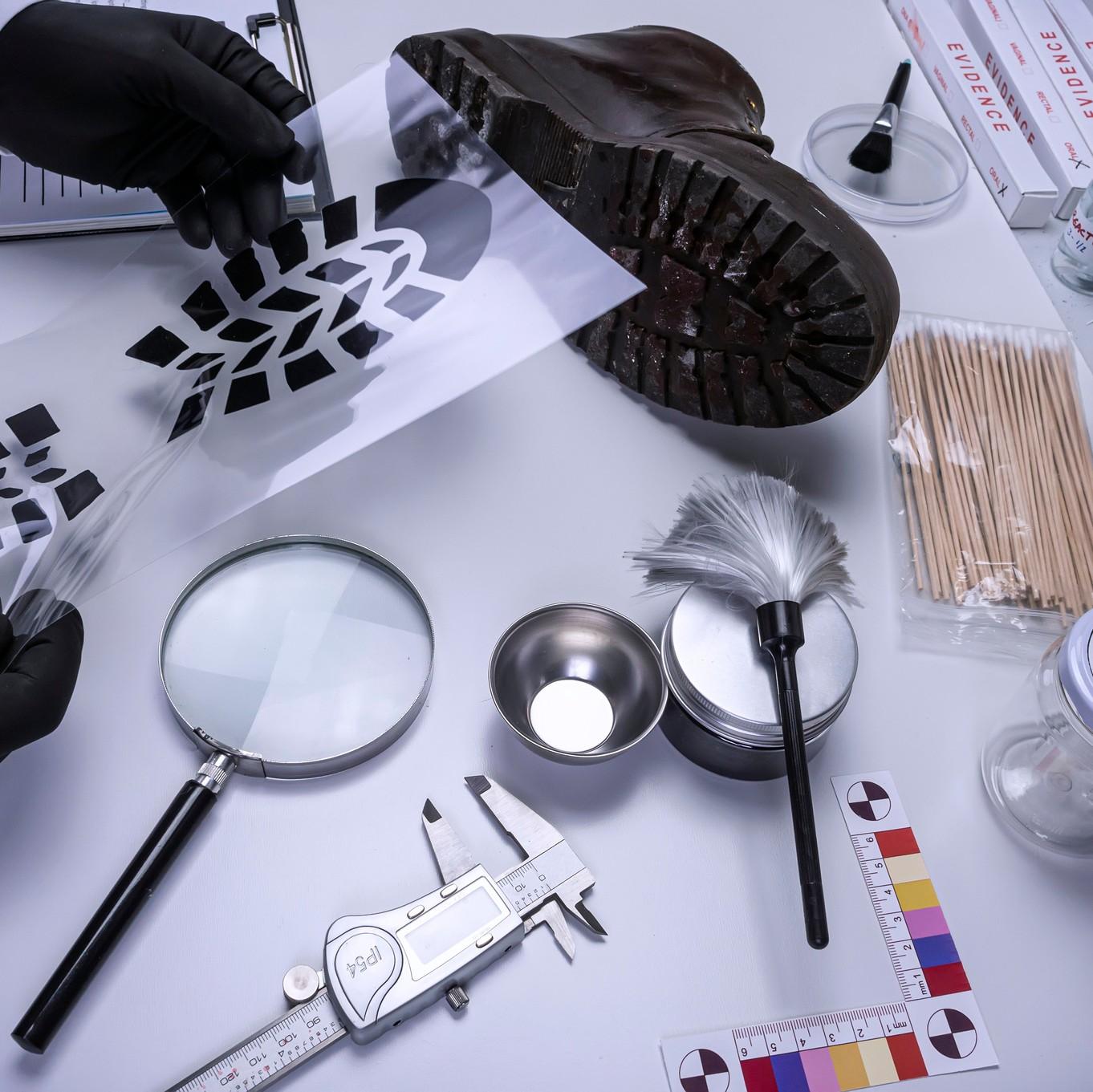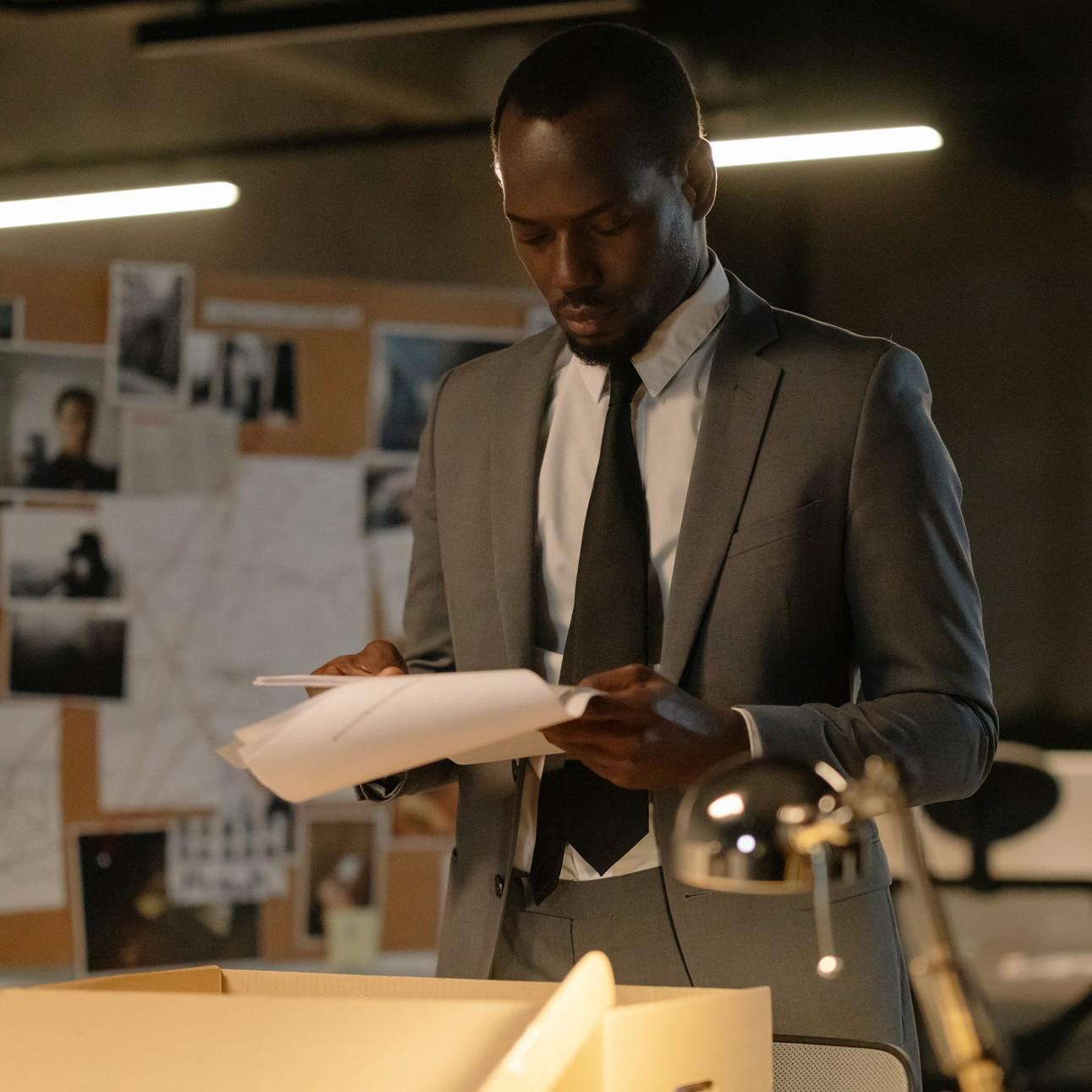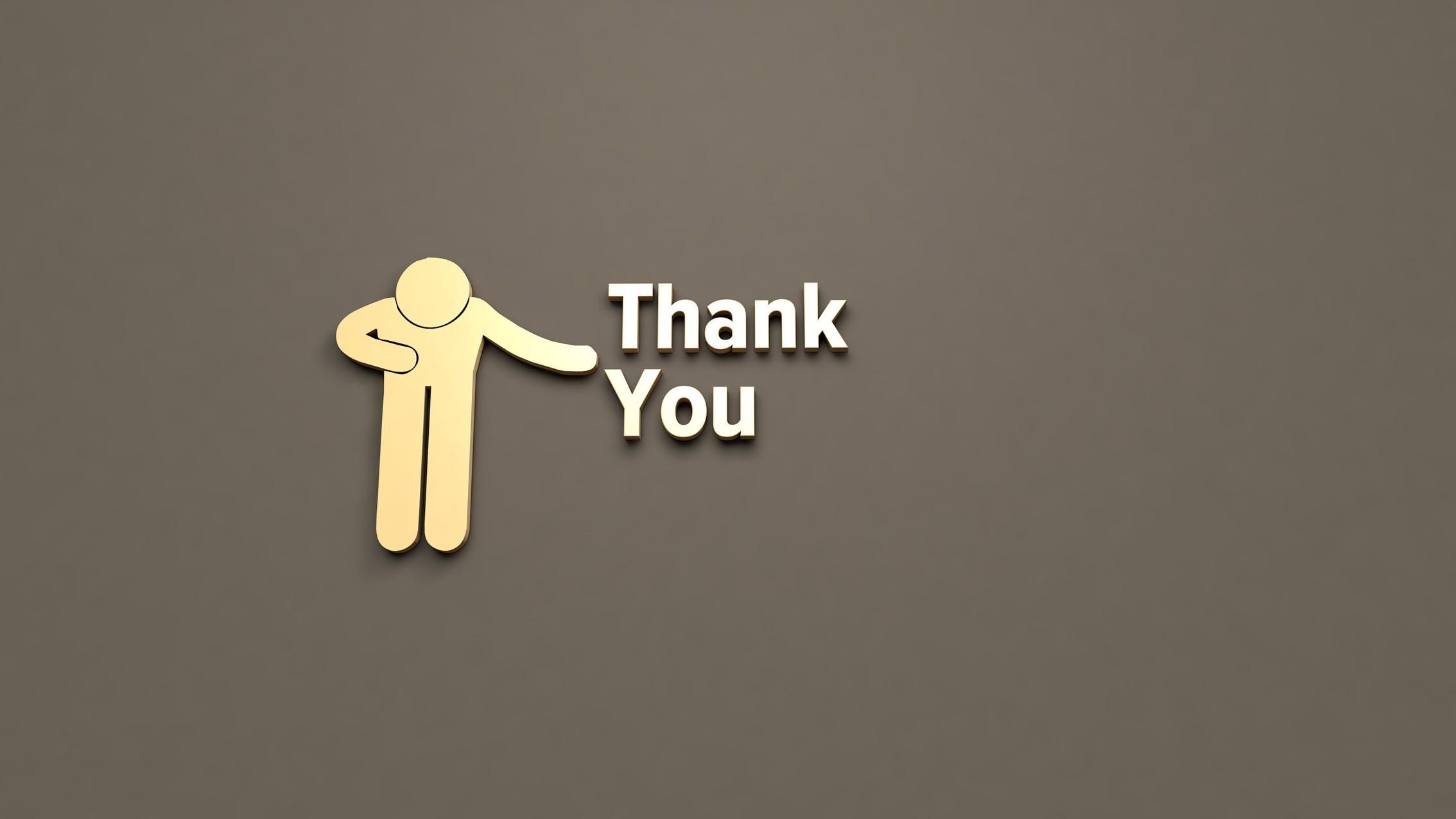Shares the Hidden Work Behind Child Rescue Cynthia Kayle
Learn more



Learn more


Every rescue begins with collecting small but important details. Cynthia Kayle explains that finding a missing or trafficked child often starts with a simple clue — a message, a photo, or a report from someone who noticed something unusual. Each piece of information is checked, compared, and verified. Planning takes time because every move must protect the child’s safety.


No rescue happens alone. Cynthia Kayle shares that strong teamwork between investigators, police, and child protection groups is key. Each person plays a role — from gathering evidence to making sure the child gets medical and emotional support after the rescue. Trust and clear communication make the difference between success and failure.

Rescuing children is emotional work. Cynthia Kayle says that even trained professionals can feel deep sadness and stress after seeing what victims go through. Many teams now include mental health support to help workers stay strong. Taking care of rescuers helps them continue their important mission.

Once a child is safe, the real journey begins. Cynthia Kayle explains that rehabilitation—including counseling, education, and family support—is a slow process. Some children take months or even years to trust again.
Age
Purchase Repetitio n
Long-term care is essential to give them a new start and help them rebuild their lives.


Awareness saves lives. Cynthia Kayle believes that education and prevention can stop trafficking before it begins. Teaching parents, teachers, and communities how to spot warning signs can make a big difference. Every person can play a part in protecting children.
